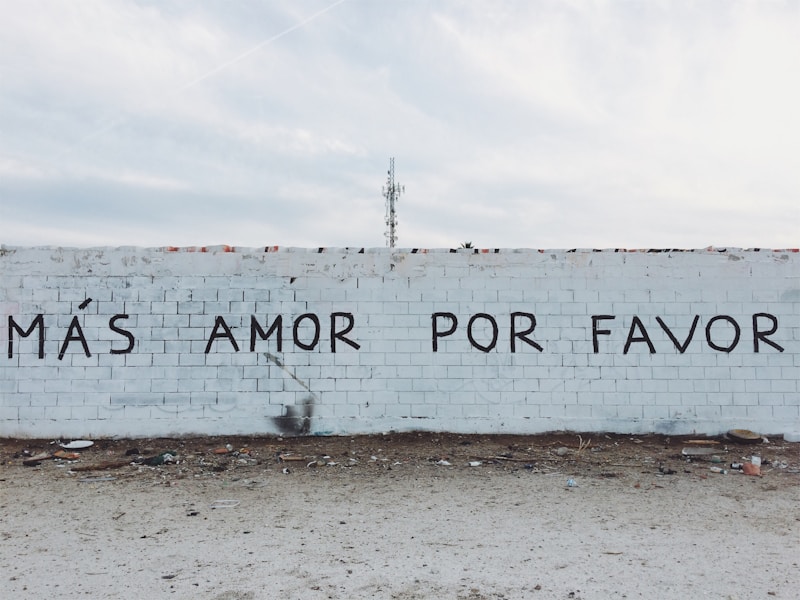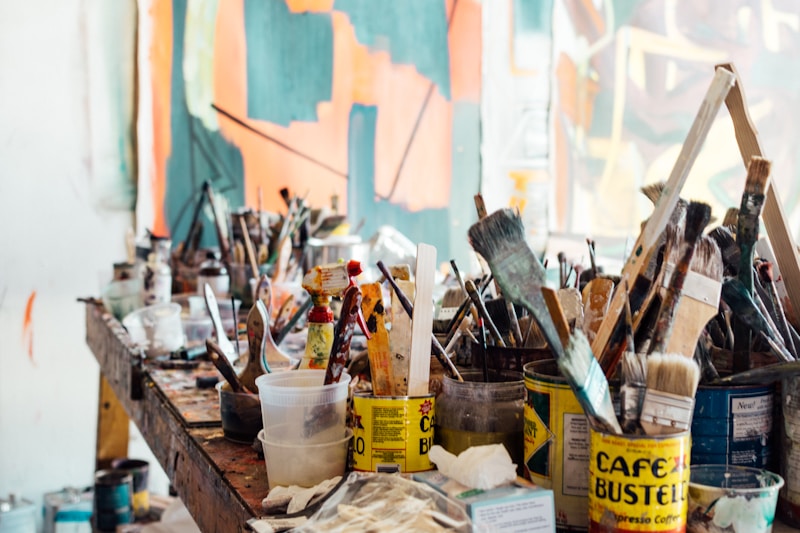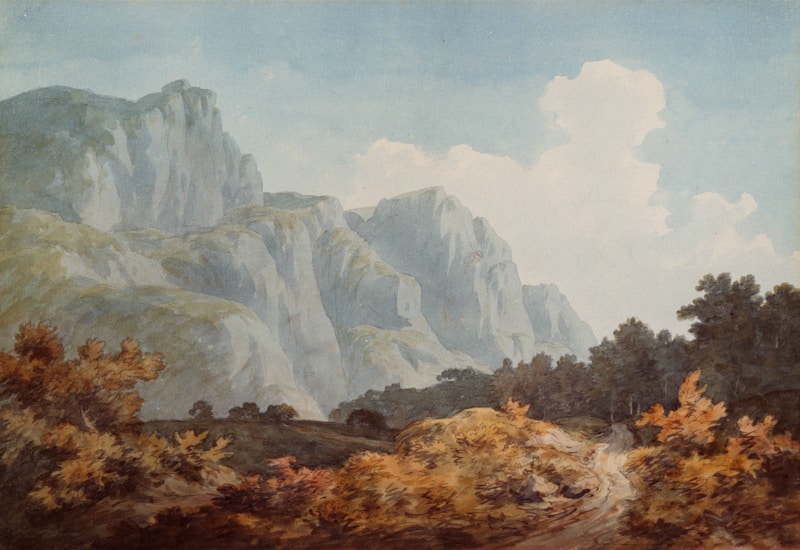Questions and Answers
What period influenced Spanish art during the Baroque and Neoclassical periods?
France and Italy
Which group ruled Iberia after the collapse of the Roman Empire, and what was their art style?
Visigoths, reflecting their culture
Who was the most popular Spanish painter of the early 17th century?
Luis de Morales
Which artist was known for his numerous renditions of scenes of historical and cultural significance, scores of portraits of the Spanish royal family, and other notable European figures?
Signup and view all the answers
Which art movement influenced Spanish artists in the 19th century, largely through them undertaking training in foreign capitals, particularly in Paris and Rome?
Signup and view all the answers
Which Spanish sculptor was known for his abstract works, many of which use very thick textures and the incorporation of non-standard materials and objects?
Signup and view all the answers
What is the name of the painting that is most famous for Salvador Dalí?
Signup and view all the answers
Which Spanish artist was closely associated with the Surrealists in Paris and his mature period painting, La Leçon de Ski, is characteristic of his language of signs?
Signup and view all the answers
Which Spanish school of sculpture did Juan Martínez Montañés belong to, and which school did Alonso Cano belong to?
Signup and view all the answers
Study Notes
Overview of Spanish Art
-
Spain has produced many famous and influential artists including Velázquez, Goya, and Picasso.
-
Spanish art was influenced by France and Italy during the Baroque and Neoclassical periods.
-
The Moorish heritage in Spain has influenced Spanish art, especially in Andalusia.
-
Spain was conquered by the Romans in 200 BC, and Roman influence largely overwhelmed native styles.
-
The Visigoths ruled Iberia after the collapse of the Roman Empire, and their art reflects their culture.
-
The Christian population of Muslim Spain developed a style of Mozarabic art whose best-known survivals are a series of illuminated manuscripts.
-
After the Reconquista, considerable Muslim populations, and Christian craftsmen trained in Muslim styles, remained in Spain, and Mudéjar is the term for work in art and architecture produced by such people.
-
The art of the Romanesque period represented a smooth transition from the preceding Pre-Romanesque and Mozarabic styles.
-
The Gothic art of Spain represented a gradual development from previous Romanesque styles, being led by external models, first from France, and then later from Italy.
-
The early Renaissance in Spain was heavily influenced by Netherlandish painting, leading to the identification of a Hispano-Flemish school of painters.
-
The influence of the Italian Renaissance was felt in Spain via the import of artworks and the arrival of Italian Renaissance artists.
-
The themes and spirit of the Renaissance were modified to the Spanish culture and religious environment.Spanish Art from the Renaissance to the 20th Century
-
The early Spanish Renaissance was characterized by pious devotion and religious intensity, which remained dominant in much art of Counter Reformation Spain throughout the 17th century and beyond.
-
Artists from the early Spanish Renaissance included Vicente Juan Masip, Juan de Juanes, Pedro Machuca, and Juan Correa de Vivar.
-
Luis de Morales was the most popular Spanish painter of the early 17th century, known for his religious intensity, sfumato modeling, simple compositions, and Flemish style precision of details.
-
The Spanish Golden Age, a period of Spanish political ascendancy, saw a great development of art in Spain, beginning in the reign of Philip III and ending with the Treaty of the Pyrenees in 1659.
-
Important early contributors to the Spanish Golden Age included Juan Bautista Maíno, Francisco Ribalta, and Sánchez Cotán.
-
El Greco was one of the most individualistic painters of the period, developing a strongly Mannerist style based on his origins in the post Byzantine Cretan school.
-
Francisco de Zurbarán, known for the forceful, realistic use of chiaroscuro, was successful in receiving commissions in conservative Counter-Reformation Seville.
-
Diego Velázquez was the leading artist in the court of King Philip IV, known for his numerous renditions of scenes of historical and cultural significance, scores of portraits of the Spanish royal family, and other notable European figures.
-
Later Baroque elements were introduced as a foreign influence, through visits to Spain by Rubens, and the circulation of artists and patrons between Spain and the Spanish possessions of Naples and the Spanish Netherlands.
-
Bartolomé Esteban Murillo was the pre-eminent painter of the period, known for his naturalism, Flemish Baroque influences, and use of stark lighting, low viewpoints, and severe compositions to dramatize subjects.
-
The beginning of the Bourbon dynasty in Spain under Philip V led to great changes in art patronage, with the new French-oriented court favoring the styles and artists of Bourbon France.
-
Various art movements of the 19th century influenced Spanish artists, largely through them undertaking training in foreign capitals, particularly in Paris and Rome.
-
During the first half of the 20th century, many leading Spanish artists were working in Paris, where they contributed to - and sometimes led - developments in the Modernist art movement.Overview of Spanish Art
-
Picasso's birthplace, Málaga, houses two museums, the Museo Picasso Málaga and Birthplace Museum.
-
Salvador Dalí was a central artist within the Surrealist movement in Paris, and his most famous painting is The Persistence of Memory.
-
Joan Miró was also closely associated with the Surrealists in Paris and his mature period painting, La Leçon de Ski, is characteristic of his language of signs.
-
Antoni Tàpies became famous for his abstract works, many of which use very thick textures and the incorporation of non-standard materials and objects.
-
The Plateresque style extended from the beginnings of the 16th century until the last third of the century and its stylistic influence pervaded the works of all great Spanish artists of the time.
-
Alonso Berruguete is called the "Prince of Spanish sculpture" and his main works were the upper stalls of the choir of the Cathedral of Toledo.
-
The Baroque period encompassed the last years of the 16th century and extended into the 17th century until reaching its final flowering in the 18th, developing a truly Spanish school and style of sculpture.
-
The Seville School, to which Juan Martínez Montañés belonged, and the Granada School, to which Alonso Cano belonged, were two Schools of special flair and talent.
-
Francisco Salzillo epitomized the Andalusian school and was distinguished by the originality, fluidity, and dynamic treatment of his works.
-
In the 20th century, the most important Spanish sculptors were Julio González, Pablo Gargallo, Eduardo Chillida, and Pablo Serrano.
-
The Spanish royal collection was accumulated by Spanish monarchs beginning with Isabel the Catholic, Queen of Castile, and the Prado Museum in Madrid became the main repository for that art.
-
The Royal Academy of Fine Arts of San Francisco, founded in 1744, now functions also as a museum in Madrid. The Museum of the Americas in Madrid has a collection of casta paintings and other art brought back to Spain from the Americas, as well as sculpture and archaeological artifacts.
Studying That Suits You
Use AI to generate personalized quizzes and flashcards to suit your learning preferences.
Description
Test your knowledge of Spanish art with this quiz! From the Roman conquest to the modern period, Spain has produced many influential artists and styles. This quiz will cover the major periods of Spanish art and the artists who contributed to them. Whether you're an art history buff or just looking to learn more about Spanish culture, this quiz is sure to challenge and educate you. So, get ready to explore the rich and diverse world of Spanish art!




